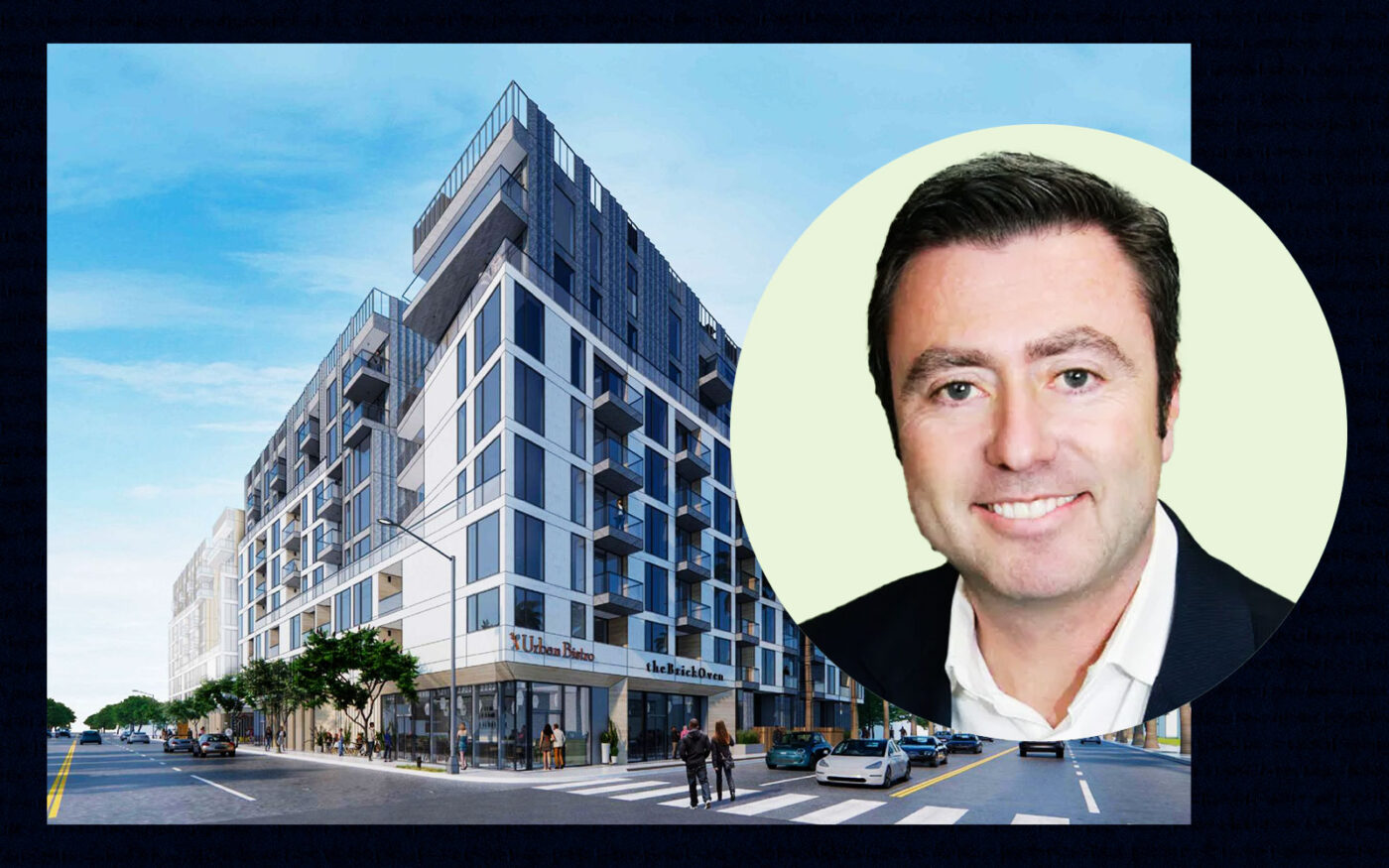 Cypress Equity doubles down — and up — on Santa Monica housing count
Cypress Equity doubles down — and up — on Santa Monica housing count
Trending
Cypress Equity eyes Santa Monica development as others sit on sidelines
Eight-story buildings would replace former Honda dealership on Santa Monica Boulevard

Cypress Equity Investments wants to replace a former Honda dealership with a 288-unit apartment complex in Santa Monica.
The Brentwood-based developer led by Michael Sorochinsky has filed plans to build two eight-story buildings at 1801 and 1819 West Santa Monica Boulevard, Urbanize Los Angeles and the Commercial Observer reported. The dealership and parking lots would be demolished.
Plans call for two side-by-side buildings containing 288 studio, one-, two- and three-bedroom apartments, with 2,700 square feet of ground-floor shops and restaurants. It would include parking for at least 340 cars.
Thirty units would be set aside for affordable housing, according to a staff report for the city’s Architectural Review Board.
The white, gray and ochre complex, designed by DLR Group, includes large vertical windows and partially inset balconies, built atop a podium, according to renderings. The buildings include upper-floor courtyards and rooftop decks.
Santa Monica planning staff recommended approval of both complexes.
Cypress Equity Investments, founded in 2001, is working on similar mixed-use projects across Santa Monica, with more than 1,000 units, as well as apartment buildings planned for Echo Park and Pico-Union, according to Urbanize.
If approved, construction of the apartments in Santa Monica would come as apartment projects across the state have stalled.
Multifamily developments in California were at a 10-year low in the first quarter of this year, largely due to higher interest rates, according to the Observer.
The number of approved permits for such projects in the Golden State dropped 22 percent from January through March compared to a year earlier, making the first quarter the slowest period for new plans since 2014.
— Dana Bartholomew
Read more
 Cypress Equity doubles down — and up — on Santa Monica housing count
Cypress Equity doubles down — and up — on Santa Monica housing count
 Cypress Equity to build 176 apartments in Echo Park
Cypress Equity to build 176 apartments in Echo Park
 Cypress Equity more than doubles unit count at Santa Monica project
Cypress Equity more than doubles unit count at Santa Monica project




